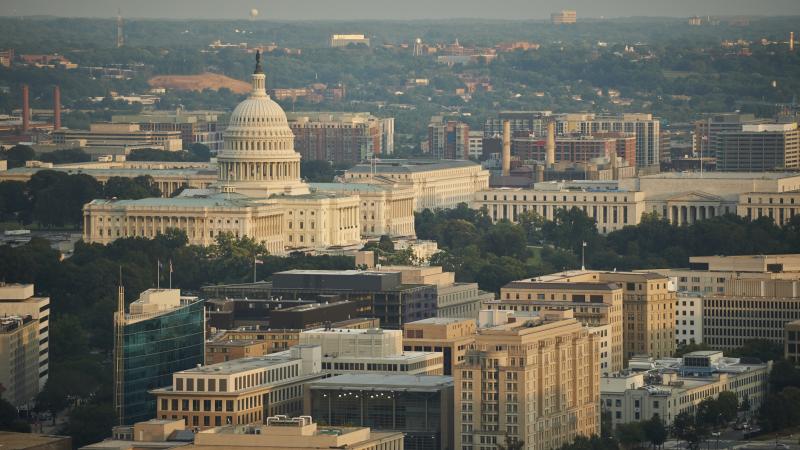Analysis: 44 states used federal funds for foster kids to cover child welfare costs
Michigan, one of the 44 states identified in the study, received $3.2 million from the federal government for fiscal year 2022-2023.
A total of 44 states have been using federal funds to pay for their own child welfare costs, according to a new study published by Children’s Advocacy Institute at the University of San Diego School of Law.
"Federal and state law require that these benefits be used or saved in the child’s best interest, to address current or future needs not already met by the child welfare agency or other sources. For this subset of foster youth who face tremendous obstacles when they return home, achieve permanency elsewhere, or age out of care, these assets, if properly conserved on behalf of the child, can serve as a lifeline for their families and/or the youth themselves, contributing to economic stability, self-sufficiency, and successful outcomes," read the institute's full report.
"Foster youth should benefit directly from federal benefits for which they are eligible. However, the vast majority of foster youth eligible for these federal benefits will never see a dollar of their money, or even know that someone has applied for and received benefits on their behalf," the report also read.
The institute argues that most foster care agencies at the county or state levels "routinely screen children for federal benefit eligibility" to "maximize state revenue."
In Michigan, one of the 44 states identified in the study, benefit money received by the state's Department of Health and Human Services was $3.2 million for fiscal year 2022-2023.
"The department says 100% of the funds are being used to reimburse the state for the cost of caring for kids in the child welfare system," according to a report from the Detroit Free Press.
Elisa Weichel, administrative director of the Child Advocacy Institute, said her organization interprets that to "mean that 0% of the children’s benefits are being used in furtherance of their best interests."
The institute's review took into account "laws, regulations and policies that were in effect in states as of October 31, 2023."
















